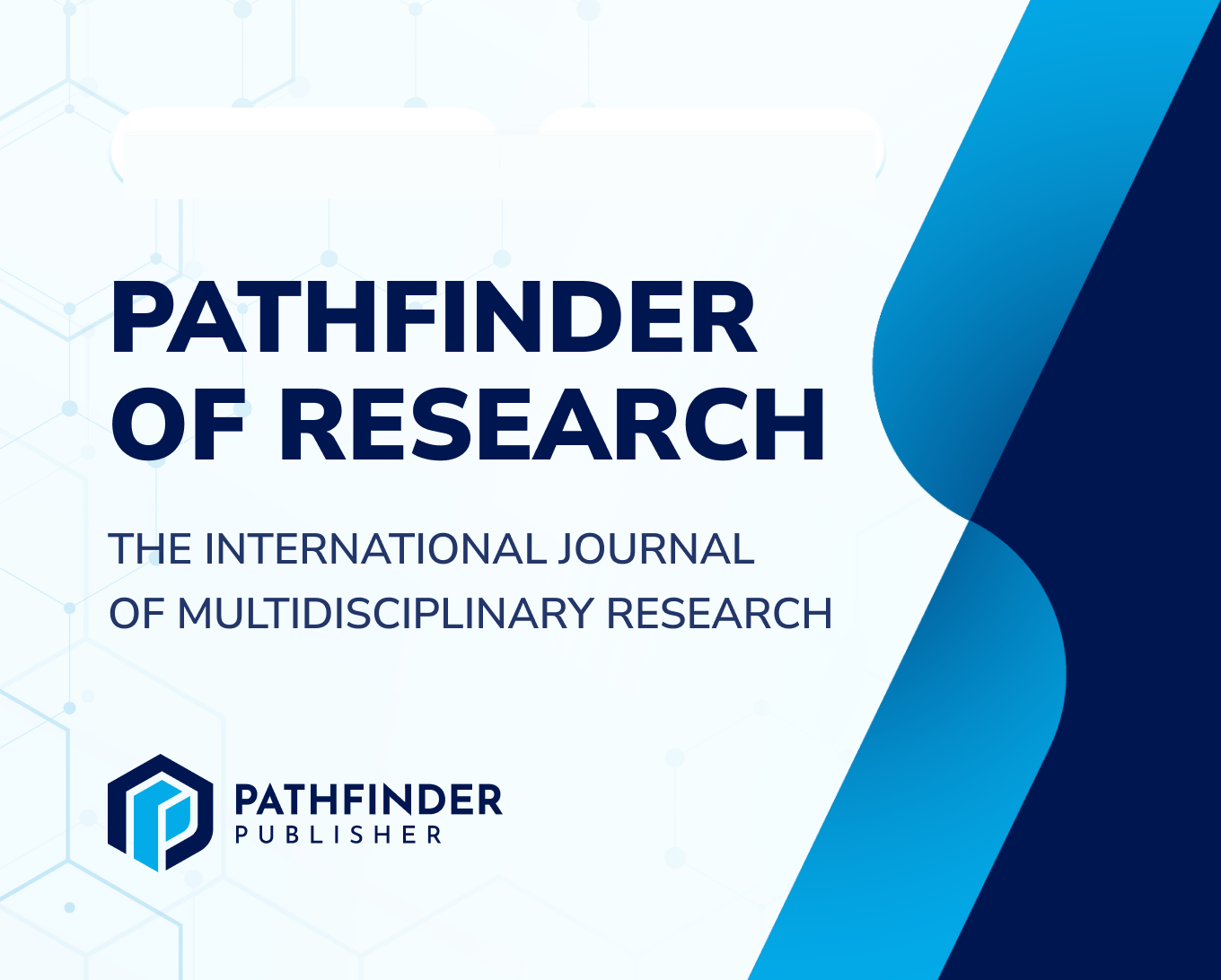Coastal Livelihoods under Pressure: Vulnerability and Adaptation among Bangladesh’s Small-Scale Fishers
DOI:
https://doi.org/10.69937/pf.por.3.1.45Abstract
The Small-scale fisheries are crucial for sustaining livelihoods and ensuring food security in coastal Bangladesh. These communities encounter increasing socio-ecological challenges stemming from climatic unpredictability, institutional neglect, and policy deficiencies. This research combines the Livelihood Vulnerability Index (LVI) and the Sustainable Livelihoods Approach (SLA) to evaluate household vulnerability and adaptation capability in Char Bhaga Union, in the Lower Meghna River estuary. The study used a mixed-methods methodology, comprising 130 household surveys, eight focus group discussions (FGDs), and 12 key informant interviews (KIIs), therefore offering both quantitative data and qualitative insights. The LVI score of 0.62 signifies substantial vulnerability, especially among households with less education, erratic income, and restricted access to institutional safety nets. Gender studies indicate the structural marginalization of women from fishing cooperatives, training initiatives, and compensation programs, despite their significant involvement in post-harvest operations. Institutional deficiencies, such as ineffective enforcement of sanctuary legislation, politicized allocations of aid, and insufficient participatory planning, further erode resilience. Coping mechanisms are predominantly reactive (e.g., seasonal relocation, asset liquidation), whereas proactive adaptation is confined to households with access to remittances or NGO assistance. The study provides a thorough understanding of resilience pathways by integrating LVI measurement with SLA's asset-based perspective. The findings enhance the literature on fisheries governance in South Asia and promote inclusive co-management, gender-responsive initiatives, and focused livelihood investments in accordance with Sustainable Development Goals 1, 5, 13, and 14. The suggested dual-framework approach functions as a repeatable instrument for policymakers seeking to include vulnerability diagnostics in national adaptation programs.



